
bamboo
It is grown all over Zambia.
Its availability determines its prevalence in construction.
Characteristics of:
Bamboo is cut in half along its length.
It is then stuck in a shallow foundation about .2 meter deep.
3 split bamboo shoots are placed vertically every .5 meter around a circular radius.

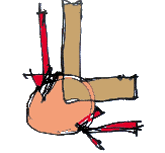
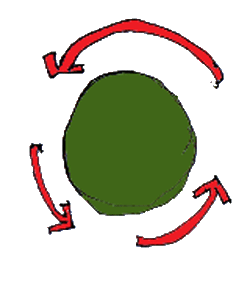
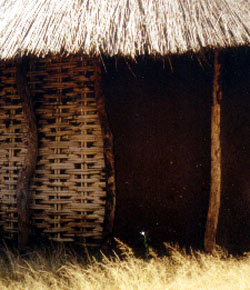
3 bamboo stalks are placed vertically every .5 meter around a radius.
Bamboo is woven vertically from bottom to top.
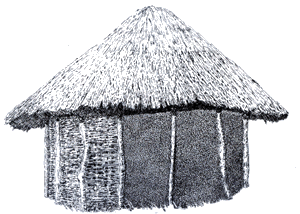
The bamboo wall is plastered over to give stability and rigidity
The thickness of the plaster is about .2 meter
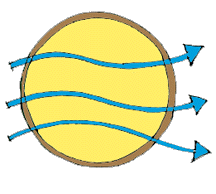
Bamboo walls are not load bearing.The weight is transferred to poles on the outside of the walls. The walls take some load but not the majority.
A raised mud floor also adds to stability
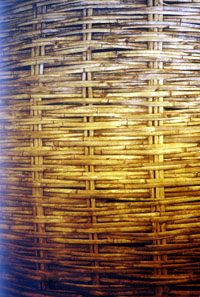


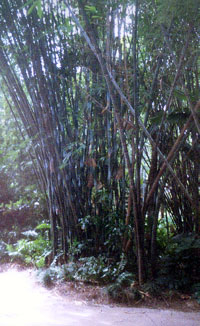
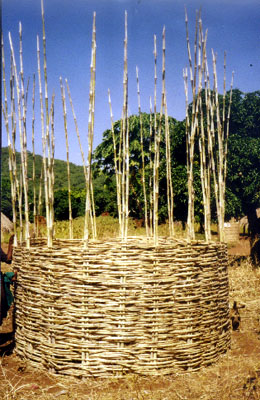
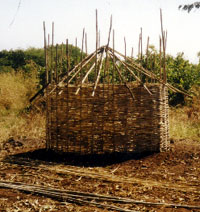
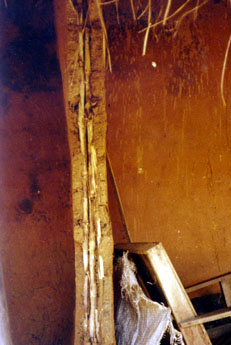
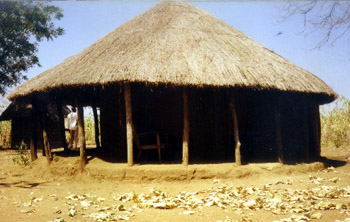
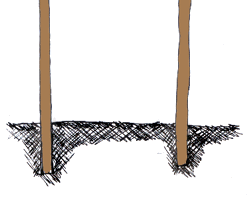
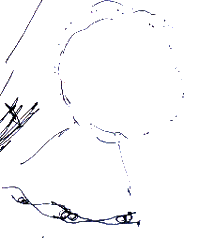
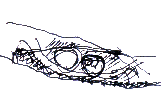
`